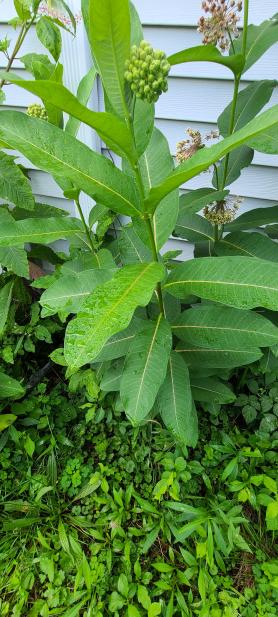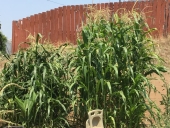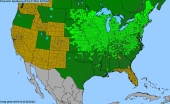
 4
4




Regards, Scott




 4
4




"Do the best you can in the place where you are, and be kind." - Scott Nearing
 3
3




Zone 6, 45 inches precipitation, hard clay soil








Still able to dream.

 6
6







Invasive plants are Earth's way of insisting we notice her medicines. Stephen Herrod Buhner
Everyone learns what works by learning what doesn't work. Stephen Herrod Buhner
 1
1




Zone 6, 45 inches precipitation, hard clay soil




 1
1




 7
7




Regards, Scott
 1
1








Regards, Scott




 1
1




Invasive plants are Earth's way of insisting we notice her medicines. Stephen Herrod Buhner
Everyone learns what works by learning what doesn't work. Stephen Herrod Buhner




 1
1





 2
2




 1
1









|
a little bird told me about this little ad:
The new kickstarter is now live!
https://www.kickstarter.com/projects/paulwheaton/garden-cards
|









